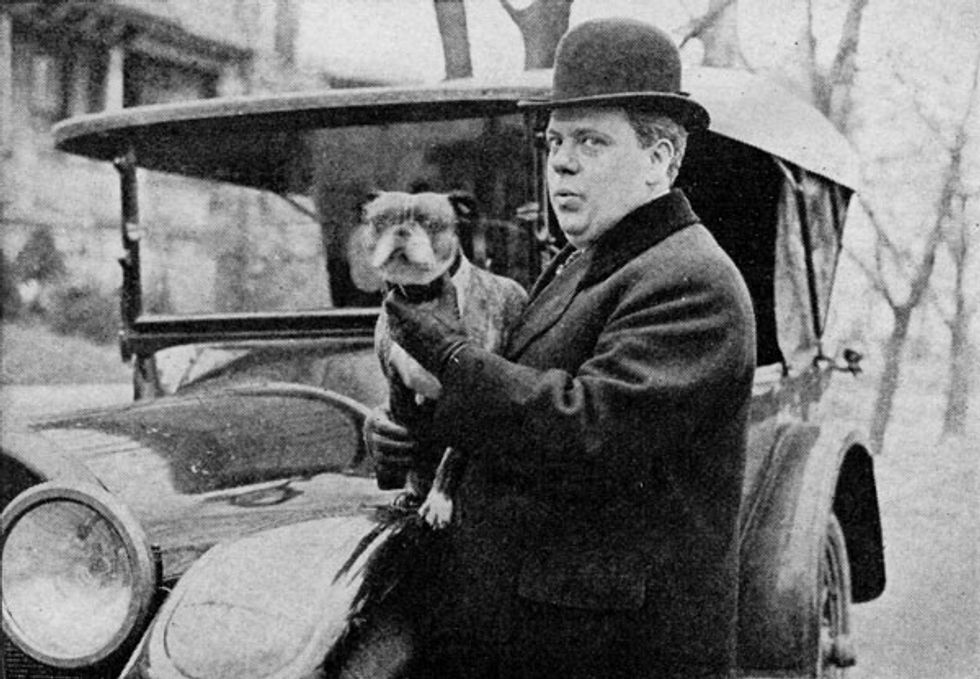Today There’s Drake, Abel and Justin, A Century Ago There Was Henry and Harry
Surprising to many, perhaps, but in the first few decades of the 20th century, two Canadian vocalists dominated the charts in the same way that Canadian artists Drake, The Weeknd and Justin Bieber have in recent years.

By Martin Melhuish
There has always been a perception that Canada was a musical wasteland before the early ‘70s and the introduction of the 30% Canadian Content regulations.
If you’re talking about the lack of an infrastructure that made pursuing a career in this country as a recording artist a viable prospect, you’d be partly correct though Montreal, thanks to Emile Berliner and his son Herbert, who opened the first indie label in Canada (The Compo Company) a century ago this year, became a major centre of the nascent recording industry at the turn of the century.
During this same period, and over the first few decades of the 20th century, two Canadian vocalists dominated the charts in the same way that Canadian artists Drake, The Weeknd (Abel Tesfaye) and Justin Bieber have managed over the past couple of years, albeit for much longer periods of time.
Henry Burr, born Harry McClaskey in the border town of St. Stephen, New Brunswick in 1882, was the number one ballad singer during recorded music’s pioneer era. The mellow-toned tenor made an immediate impact with his first recordings in 1903 which included his first number one song “Come Down, Ma Ev’ning Star.” For the next quarter century, as a solo artist, in duets with Archie Campbell, and as a featured member of the Peerless Quartet, he racked up no less than 30 number one songs.
All told, Burr is said to have sung on some twelve thousand recordings, making him the most prolific singer in pop music history. Burr was also not one to pass a door of opportunity without knocking. He co-founded a record manufacturing company, dabbled in music publishing and had a shared interest in a banjo factory. In radio’s infancy, Burr became one of the medium’s first live performers and is credited with making the first transcontinental broadcast by singing into a telephone in New York to diners wearing headphones at a Rotary dinner in California. By 1928, he was producing programs for commercial radio networks in the U.S. At the time of his death in the spring of 1941, he was a regular on NBC’s National Barn Dance radio show.
Harry MacDonough, born John S. MacDonald in Hamilton, Ontario in 1871, was second only to Henry Burr as the most highly acclaimed ballad singer during the time he was active as a performer between 1899 and 1918. Like Burr, he was prolific as a recording artist.
Solo, in duets with other artists, and as a featured member of the Edison and Haydn Quartets, MacDonough has 26 number one songs to his credit including his first chart-topper with the Haydn Quartet in 1900 titled “Because.” One of the biggest successes of his early career was “Tell Me, Pretty Maiden” on the Edison label in 1901 sung with Grace Spencer. It remained in the penthouse position for seven weeks. (As it’s baseball season, interesting to note that one of his lesser-known songs, “Tessie,” was embraced by the Boston Red Sox and their fans as a rallying cry until 1918 and then resurfaced in 2004 during the World Series.)
Following the war in 1918, MacDonough became a significant player in the recording industry in the U.S., first as manager of the Victor Talking Machine Company’s New York studio and then as national sales manager in 1920 and manager of A&R in 1923. Before his passing in the fall of 1931, he was working in a supervisory position at Columbia Records’ studios.
*Just an explanatory note; the chart activity and successes of both Henry Burr and Harry MacDonough indicated here are based on the compilation of a variety of sources. These include Billboard’s earliest sheet music listings; The Phonoscope, The Phonogram and Talking Machine World, leading record publications of their time; record label catalogues; popular song listings from ASCAP; and Jim Walsh, the world’s leading authority on the pioneer recording age. This material became the basis of Joel Whitburn’s chart listings book Pop Memories 1890-1954 – The History of American Popular Music from which the chart info was taken.

















